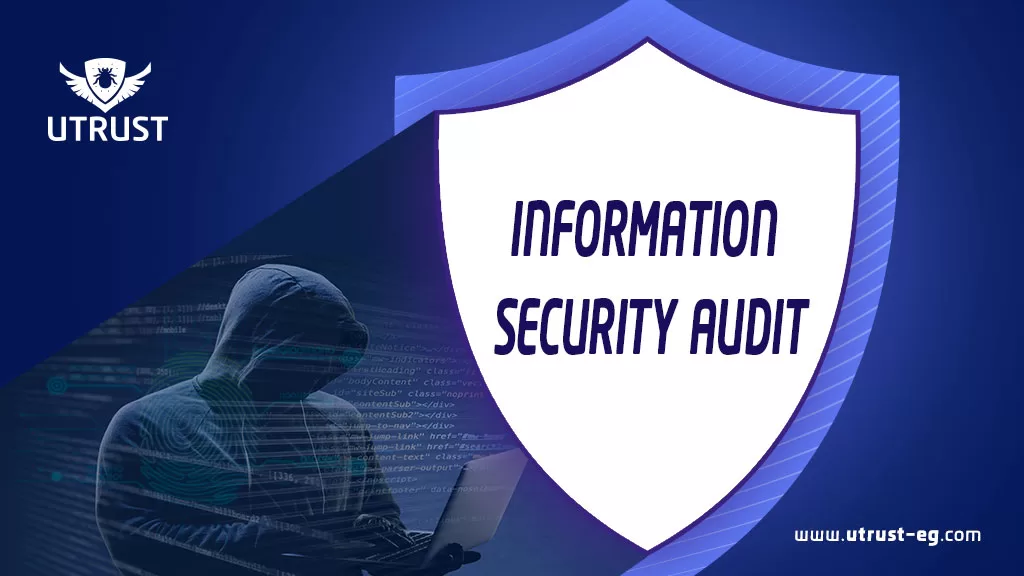Elements of a Successful Information Security Auditing
Introduction
An information security auditing is a crucial assessment of a system’s integrity. Various levels of security audits exist, each serving unique purposes. While some audits can be conducted internally using automated tools, others may necessitate the expertise of external consultants to pinpoint and rectify security vulnerabilities.
Automated IT Security Audits and Compliance Monitoring
Automated IT security audits, often termed vulnerability assessments, focus on technical aspects, while procedural concerns are addressed through risk management strategies. External audits, though potentially costly and disruptive, are essential for comprehensive evaluations, although they should be scheduled less frequently than automated scans. Employing standard-compliant monitoring tools can streamline compliance auditing processes by automating essential tasks.
Enhancing Security Practices
Implementing best practices enforced by software can significantly ease the process of conducting an IT security audit. Monitoring tools equipped with standards conformance templates can impose and document compliance requirements without manual intervention, enhancing efficiency and accuracy.
Types of Security Audits
An information security audit encompasses scrutinizing systems and operational protocols to detect vulnerabilities that may compromise data security or reveal signs of a breach. Certified professionals, such as Certified Information Systems Auditors (CISAs) and Certified Internet Auditors, are qualified to conduct IT security audits, ensuring rigorous assessments and adherence to industry standards.
Internal Audit
Internal audits, initiated by the board of directors, are crucial for ensuring compliance with desired standards and preparing for external audits. These assessments, although infrequent, play a vital role in uncovering unnoticed vulnerabilities and improving overall security measures, necessitating independence from information security department managers to ensure impartial evaluations.
External Audit
External audits, conducted by independent firms, hold significant authority and are often mandated by contractual or legal obligations. Companies must demonstrate compliance with specific data security standards like HIPAA, PCI-DSS, or SOX, underscoring the critical importance of maintaining robust security practices and transparency in audit processes.
Conducting a Comprehensive Information Security Audit
An information security audit is a critical process that helps organizations identify and address vulnerabilities in their systems and processes. Here are the key steps involved in conducting a thorough information security audit:
- Define the Scope: Clearly outline the audit’s scope, including systems, networks, applications, and processes to be assessed. Establish specific objectives and areas for evaluation.
- Establish Audit Criteria: Identify relevant standards, frameworks, and best practices to use as benchmarks during the audit. Common frameworks include ISO 27001, NIST Cybersecurity Framework, and CIS Controls.
- Assemble an Audit Team: Form a skilled team with expertise in information security, risk assessment, and audit methodologies. Ensure the team is independent and impartial.
- Conduct a Risk Assessment: Perform a comprehensive risk assessment to pinpoint potential threats and vulnerabilities. Evaluate risks based on factors like asset value, existing controls, and vulnerabilities.
- Plan the Audit: Develop a detailed audit plan outlining activities, timelines, and required resources. Include specific objectives, methodologies, and techniques to be used.
- Collect and Analyze Data: Gather relevant data such as security policies, system configurations, and incident logs. Analyze this information to identify gaps or non-compliance with set criteria.
- Perform Technical Testing: Conduct technical assessments like penetration testing and vulnerability scanning to assess security controls’ effectiveness and identify weaknesses.
- Assess Compliance: Evaluate the organization’s compliance with laws, regulations, and industry standards. Focus on security control implementation, privacy practices, and data protection measures.
- Report Findings: Prepare a comprehensive audit report detailing findings, observations, and recommendations. Clearly outline identified risks, potential impacts, and actionable mitigation steps.
- Follow-up and Remediation: Monitor implementation of recommended actions and track progress on remediation efforts. Work with the organization to address identified issues and mitigate risks effectively.
- Continuous Improvement: Encourage the organization to view the audit as an opportunity for ongoing enhancement. Stress the importance of regular audits, continuous risk assessments, and a robust information security management program.
Common Challenges in Information Security Audits
Organizations often face various challenges when conducting information security audits. Here are some common obstacles:
- Lack of Clear Objectives and Scope
- Limited Resources and Expertise
- Complex IT Infrastructure
- Evolving Threat Landscape
- Compliance with Multiple Standards
- Resistance to Change
- Lack of Documentation Quality
- Time Constraints and Disruptions
- Vendor and Third-Party Management
- Lack of Follow-up and Accountability
Strategies to Overcome Challenges
To overcome these challenges effectively, organizations can:
- Proper Planning
- Resource Allocation
- Training and Skill Development
- Collaboration and Communication
- Automation and Technology
- Compliance Management
- Documentation and Documentation Management
- Continuous Improvement
- Executive Support and Budget Allocation
- External Expertise
Information Security Standards
Information security audits are often mandated by standards like:
- PCI-DSS
- HIPAA
- SOX
- GDPR
- ISO/IEC 27000
Adhering to these standards ensures organizations maintain a secure environment and compliance with industry-specific regulations, safeguarding sensitive data and protecting their reputation.
Comments are closed.





